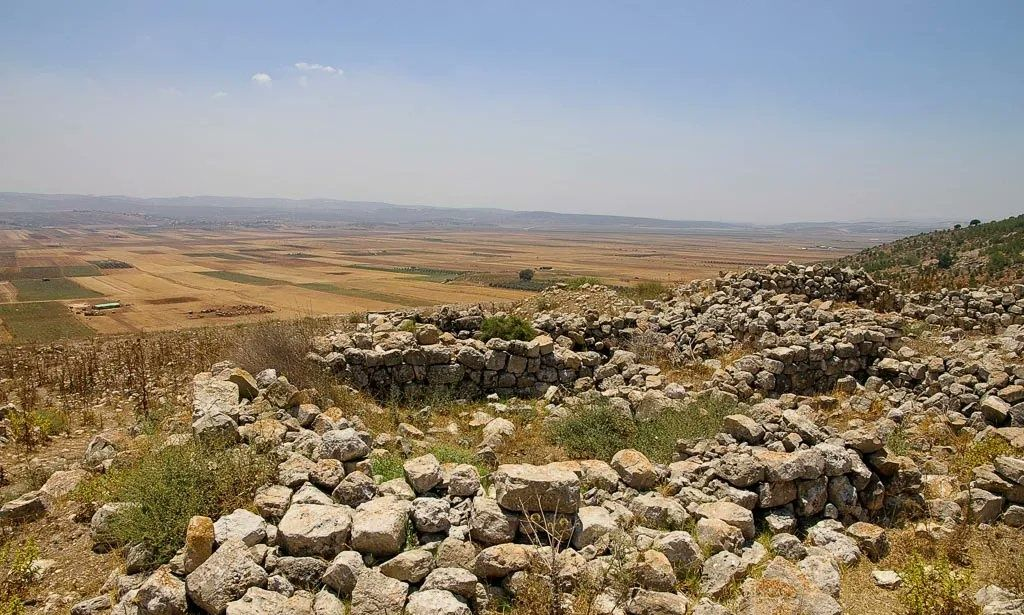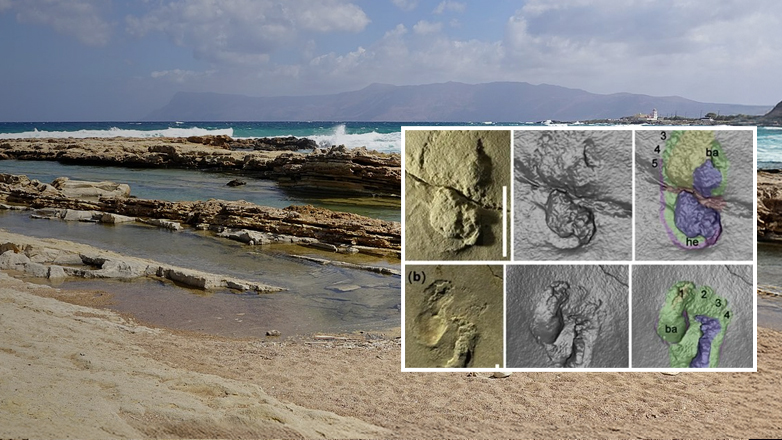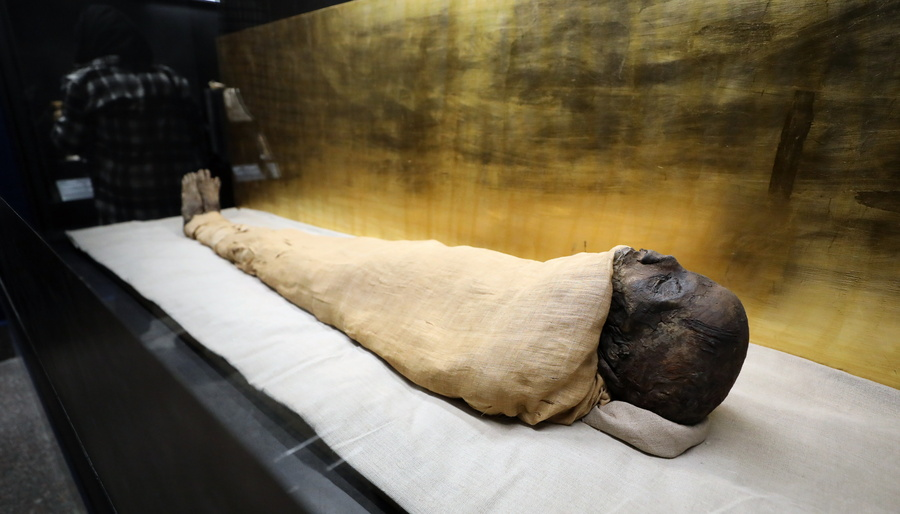The Khmer Empire (802–1431 CE) was one of Southeast Asia’s most powerful and influential civilizations, covering modern-day Cambodia, Thailand, Vietnam, and Laos. At its height, the empire, ruled by the god-kings (devarajas), built monumental temples like Angkor Wat and developed a sophisticated economy, irrigation system, and culture.
This article explores daily life in the Khmer Empire, focusing on society, economy, occupations, family life, religion, food, clothing, entertainment, and warfare.
1. Social Structure and Government
Hierarchy in Society
The Khmer Empire had a strict social hierarchy:
The King (Devaraja) – Considered a god on Earth, he had absolute power.
Royal Family and Nobles – Managed the administration and temples.
Priests and Scholars – Conducted religious ceremonies and recorded history.
Warriors and Officials – Maintained law, defense, and tax collection.
Merchants and Farmers – Produced food and goods for the empire.
Slaves and Laborers – Built temples, worked in homes, and served the elite.
Most of the population were farmers, but the king and nobility enjoyed luxury.
Administration and Laws
The empire was divided into provinces, each ruled by governors.
Village chiefs handled local disputes and collected taxes.
Strict laws ensured loyalty, and punishment for disobedience was severe.
2. Family Life and Gender Roles
Marriage and Family Structure
Most Khmer families lived in extended households with parents, children, and grandparents.
Marriages were often arranged, but love marriages were not uncommon.
Women had significant rights, including property ownership and business involvement.
Roles of Men and Women
Men worked in farming, trade, and military service.
Women managed households, worked in markets, and served in temples.
Some women became dancers, scholars, or even rulers in certain cases.
Khmer society was more egalitarian than many other medieval civilizations.
3. Economy and Occupations
Agriculture and Farming
Rice farming was the backbone of the economy.
Advanced irrigation systems (barays and canals) ensured surplus food production.
Farmers also grew bananas, coconuts, sugarcane, and vegetables.
Trade and Commerce
The empire traded with China, India, and the Middle East.
Exports: Spices, silk, ivory, and tropical hardwoods.
Imports: Gold, silver, ceramics, and textiles.
Markets in Angkor and other cities bustled with merchants, artisans, and traders.
Crafts and Industry
Skilled artisans made stone carvings, jewelry, pottery, and textiles.
Metalworkers produced bronze tools, weapons, and sculptures.
Boat-building was essential for transportation and trade along rivers.
Guilds regulated craftsmanship and ensured quality production.
4. Cities and Housing
Urban Life in Angkor
Angkor, the capital, was one of the largest pre-industrial cities in the world. It featured:
Magnificent temples (Angkor Wat, Bayon).
Markets, schools, and monasteries.
Water reservoirs (barays) and canals for irrigation.
Village and Rural Life
Most people lived in small villages near rice fields. Houses were:
Built on stilts to protect from floods.
Made of bamboo, wood, and palm leaves.
Simple, with one or two rooms and an outdoor kitchen.
Both rich and poor homes followed traditional Khmer architectural styles.
5. Religion and Spirituality
Hinduism and Buddhism
The Khmer Empire transitioned from Hinduism to Buddhism over time.
Early rulers worshipped Shiva, Vishnu, and Brahma.
By the 12th century, Theravāda Buddhism became dominant.
Temples and Worship
Angkor Wat was built as a Hindu temple but later became Buddhist.
People offered food, incense, and prayers to gods and ancestors.
Monks and nuns lived in monasteries and guided spiritual life.
Religion influenced art, architecture, and daily rituals.
6. Clothing and Fashion
Traditional Attire
Men wore sampots (cloth wrapped around the waist).
Women wore long skirts and silk shawls.
Upper-class nobles adorned themselves with gold jewelry, pearls, and embroidered clothing.
Hairstyles and Accessories
Both men and women wore long hair tied in knots or buns.
Gold and silver ornaments were signs of status.
Common people had simple attire, while the elite dressed luxuriously.
7. Food and Cuisine
Staple Foods
Rice was the main food, served with fish, vegetables, and spices.
Common dishes included:
Grilled fish with lemongrass.
Rice porridge (borbor).
Coconut curries and stews.
Dining Customs
People ate with their hands or wooden spoons.
Meals were served on banana leaves or ceramic plates.
Fermented fish sauce (prahok) was a key ingredient in Khmer cuisine.
Food culture reflected the agricultural and river-based lifestyle.
8. Entertainment and Leisure
Music and Dance
Apsara dancers performed in temples and palaces.
Instruments like drums, flutes, and gongs accompanied storytelling.
Games and Sports
Cockfighting and wrestling were popular pastimes.
Boat racing on the Mekong River was a major festival event.
Nobles enjoyed hunting and archery.
Festivals like Khmer New Year and religious ceremonies were grand celebrations.
9. Military and Warfare
Army Composition
The Khmer military was well-organized, consisting of:
Elephant corps for battles.
Chariot warriors and archers.
Infantry with swords and spears.
Defensive Structures
Walled cities and moats protected Angkor.
Fortresses and watchtowers ensured security.
Wars with Champa, Vietnam, and Thailand shaped Khmer history.
10. Decline of the Khmer Empire
By the 15th century, the empire declined due to:
Thai invasions from Ayutthaya.
Environmental changes affecting irrigation.
Internal revolts and weakened central rule.
Many migrated to rural areas, leaving Angkor as a forgotten city until its rediscovery.
Conclusion
Daily life in the Khmer Empire was centered on agriculture, religion, and a strong social order. From the grandeur of Angkor Wat to the simplicity of village life, the Khmer people built an advanced civilization that shaped Southeast Asia’s history.







